



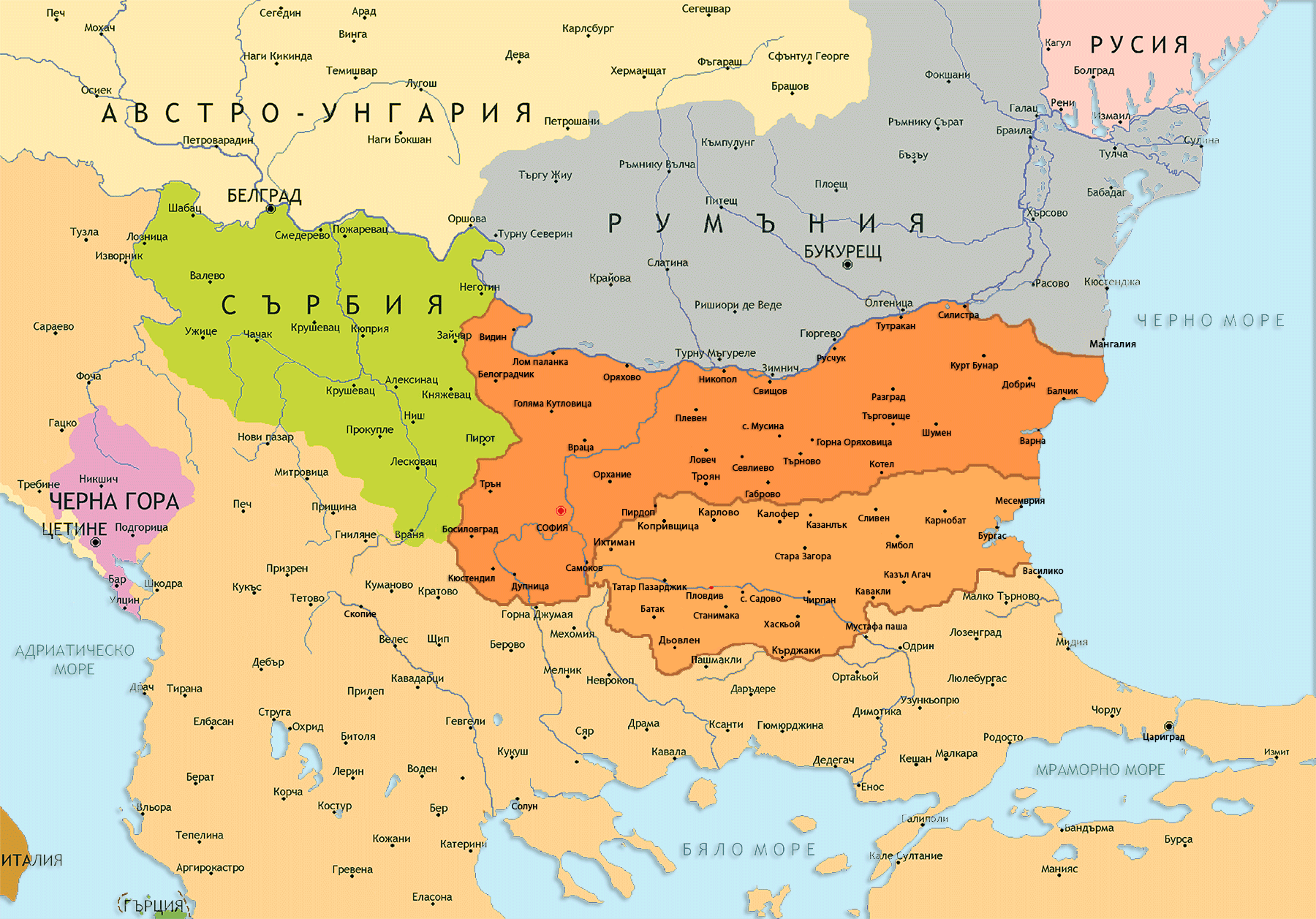
| Author/s | Title | City | Year |
|---|---|---|---|
| Loading... |
Year |
Event |
1878 |
After the Liberation, the first presses were imported from abroad and started to work in Sofia, Plovdiv, Turnovo and Ruse. |
1878 |
The Czech Proshek brothers opened the first printing house in Sofia. |
1879 |
Liberal provisions in relation to book printing and publishing were enshrined in the Constitutions of Principality of Bulgaria and of East Rumelia. |
1879 |
Vidul by the famous Bulgarian writer Ivan Vazov became the first book of his printed after the Liberation of Bulgaria. |
30.V.1880 |
The National Assembly voted to establish a State Printing House in Sofia. |
1881 |
The State Printing House started operations in the former Buyuk Mosque. |
1.Х.1881 |
Hristo Danov and Janko Kovachev, the most famous Bulgarian printers and business partners during the Ottoman period, initiated a court case for the separation of their printing, book publishing and book trading business. |
30.V.1881 |
The Ottoman Printed Press Act (1865) was translated and applied in Bulgaria. The national print regulation and censorship system was established. |
1882 |
Janko Kovachev debated with Georgi Kirkov, the first director of the State Printing House, about its role. |
1882 |
Hristo Samsarov translated from French to Bulgarian and printed in Russe The Ingenious Hidalgo DonQuixote de la Mancha: A Spanish Novel. |
1883 |
The first professional organization of Bulgarian printers appeared – The Bulgarian Typographic Society. |
1883 |
The Printed Press Act for the first time provides for the deposition of 2 book copies. |
1884 |
The court case between Hristo Danov and Janko Kovachev was decided in favour of Janko Kovacehev. |
1884 |
The translator Ilia Tsanov mentioned for the first time in a Bulgarian book that he obtained a permission from the author, Emanuel Bozdeh, to translate and print his book Baron Herz. |
1885 |
The Unification of Principality of Bulgaria and East Rumelia was reflected also in the book publishing and book trade. The business began concentrating in the capital Sofia. |
1885 |
The State Printing House of East Rumelia was closed. |
1886 |
At the end of the year, Sofia became more important for the book business than the city of Plovdiv. |
1886 |
The International Berne Convention for the Protection of Literary and Artistic Works was signed. Bulgaria ratified it only in 1929. |
1887 |
The new Printing Press Act specified the methods and variety of the printed production for the first time. |
1887 |
Ivan Genadiev created a system to protect his book Brachnik (A Wedding Book) from pirated editions by applying a special verification stamp. |
1888 |
Belgrade and Sofia were connected by railway. The import of paper, printing letters and ink from Austria-Hungary became easier. The decline of the printing centers on the Danube River began. |
1888 |
Zahari Stoyanov completed the release of Collected Works of L. Karavelov in 8 volumes. He also published the works and biography of the famous Bulgarian revolutionary poet Hristo Botev. |
17.XII.1889 |
The national Law on Stimulation of Writing, Translating and Book Publishing was voted in. |
1889 |
The Ministry of the National Education began publishing TheFolklore and Ethnography Collection – the most popular Bulgarian scientific humanities magazine before 1944. |
1890 |
The famous Bulgarian publisher Ivan G. Ignatov started his career. |
1890 |
The popular Bulgarian author St. Mihailovski sought protection from the Minister of Education G. Zhivkov against prosecution under the Printed Press Act. |
1891 |
According to a survey by Stilian Kutinchev, there were already 87 printing houses in Bulgaria. |
1891 |
Todor Chipev, one of the most notable book sellers and publishers after the Liberation, opened a book store in Sofia. |
1892 |
The start of Evtina Biblioteka (Penny Library) was given in Musina. It became the longest running publishing series produced in a village. |
1892 |
Under the editorship of Dr. K. Krustev, the Misal (Thought) Magazine began being published. This was the most influential journal for literature and critics in Bulgaria at the turn of the 20th century. |
1893 |
According to the Census, the rate of literacy in Bulgaria had risen from 10,71% (1888) to 15,63% in a positive population growth. |
1893 |
Jordan Ivanov published Volume One of the first Bulgarian Bibliography of Periodicals (1844–1890). |
8.XI.1894 |
As a result of high unemployment and terrible working conditions, the Central Syndicate of Printing Workers was established. |
1894 |
The London-based publishing house William Heinemann published Under the Yoke – the first and most popular Bulgarian novel. Later, the Chipev’s edition of the novel included reviews from British newspapers. |
1895 |
The Tax Law classified the different professional categories in the book business: printer and publisher; bookseller; bookbinder. |
1895 |
Peter Genkov and H. Basan established Teatralna Biblioteka (Library of Dramatic Works). It became the most popular series of translated works in Bulgaria during the XIX century. |
1896 |
The Criminal Act provided for the protection of the author against piracy and plagiarism for the first time in Bulgaria. |
18.VIII.1896 |
N. P. Nedyalkovich and Ef. P. Hristov attempted to organize the first national meeting of book publishers and booksellers in the city of Tarnovo. |
29.V.1897 |
In the Trade Act, a special section ‘For Publishers’ Contract’ was included for the first time. It regulated the business relations between authors, translators and their publishers. |
1897 |
The Law of Obligatory Deposit was adopted under Konstantin Velitchkov (Minister of Education). |
1897 |
Konstantin Velitchkov proposed new regulation on printing and introducing school textbooks. It negatively impacted the most lucrative publisher business in Bulgaria. |
15-18. |
Hr. Danov organized The First National Congress of Book Publishers and Booksellers in Plovdiv. An attempt was made at regulating the school textbooks business. The Bulgarian Booksellers Union was established. |
1897 |
In the village of Negushevo near Sofia, a quarry for lithographic stone was opened, the third in Europe. The same year, the quarry’s production was awarded a gold medal at the Brussels International Exposition. |
1897 |
The construction of the first modern Bulgarian paper mill factory began. |
1897 |
Yanko Kovachevs’ printing house declared bankruptcy. |
1898 |
The Guild of the Printers, Lithographers, Bookbinders and Typefounders was established. |
1898 |
As a Minister of Education, Ivan Vazov forbade publishers to look for and acquire subscribers for their production among pupils. |
2.VIII.1898 |
The Second National Congress of Book Publishers and Booksellers took place in Plovdiv. A revision of the organisation chart was made. |
1898 |
The economic crisis and oversupply of printed production led to decline in the number of books printed annually. This trend was not reversed until 1905. |
1899 |
The Third National Congress of Book Publishers and Booksellers took place in Varna. Not enough delegates gathered and the Organisation disbanded. |
1899 |
The first paper mill factory began operating in Bulgaria. It was financed with public money and its production was designated for the State Printing House. |
1899 |
Because of the economic crisis and professional problems in the printing business, the Printer Workers Union was established. |
1900 |
The economic crisis forced Hristo G. Danov to dismiss his workers and temporarily close his printing house. |
1900 |
The census showed that the number of literate people in Bulgaria had risen from 521,000 (1893) to 886,000 people. |
1901 |
According to St. Koutinchev, there were 152 publishing houses operating in Bulgaria at the turn of the century. |
1901 |
B. Glinsky presented a book by Peter Kolomnin on typography which strongly influenced Bulgarian printer workers. |
1902 |
Pentcho Slaveykov released a limited edition of Epic Songs. The print run was just 13 copies with the poet’s autograph. |
1902 |
The Stelo Club in Plovdiv began issuing Kolecto Esperanta – the first series for learning Esperanto in Bulgaria. |
1903 |
The Printer Workers Union split on political grounds. |
1904 |
Alexander Teodorov-Balan and Nikolai Nikolaev started the first Bulgarian bibliographic magazine – Knigopisets (Bookwriter). |
XII.1904 |
Beginning of preparations for the great typographers strike. |
17.I.1905 |
The Bulgarian printer workers announce a strike for an indefinite period of time. |
10.III.1905 |
The strike ended with the adoption of a common tariff for work labour pay and pay raises and the regulation of employer-worker relations. |
1905 |
The Royal Publishing House, the biggest private publishing house in the country, was reincorporated as a stock company. |
1905 |
The census showed the number of literate people in Bulgaria to have risen from 886,912 (1900) to 1,117,923 people (1905). |
1906 |
The publishing series Druzheska Beseda (Friendly Instruction), Biblioteka (Library) and Biblioteka za samoobrazovanie (Self-Teaching Library) introduced established foreign practices for the look and feel, the content and book marketing. |
1907 |
Beginning of publication of Bulgarian economic and business reports in French and English with the aim to attract foreign investors. |
1907 |
The Pleven-based publishing house for translated literature Bourevestnik was established by the famous Bulgarian bibliographer, librarian, lawyer and publisher Yacho Hlebarov. |
1908 |
Sofia Yourukova started the translated book series A Mosaic of Renown World Novels. This became the most influential literature series in Bulgaria before 1944. |
1908 |
Different printer workers organizations united in the Professional Typographical Union. |
22.IX.1908 |
Bulgaria proclaimed Independence. |
Bulgarian book history
Bulgaria has a rich and very interesting book history. Nevertheless next to nothing is known about it in Europe. We have to present it in short, because of the need for the better understanding of the project’s main goals. The Bulgarian manuscript book dates back to IX century. Because of the Ottoman expansion in Southeast Europe in XIV century the book printing technology could not be accepted in this region till the beginning of the XIX centuries. There were few Bulgarian books printed in the first three hundred years of the European printing history. Even the first attempt at a modern Bulgarian history, completed in 1762, was written and rewritten by hand. Bulgarians started printing books more often in as early as the second half of the XIX century. Many people traveled abroad the Ottoman Empire to print books in nearby free Christian states: mainly Austro-Hungary, Serbia, Russia and today’s Romania. Because of this the modernization of the Bulgarian book was late and our book history looks like a reserve of old-fashioned practices in book printing and book publishing. As an example, we have manuscript manual how to do letterpress and image press properly dating back to 1848. As a matter of fact, from the first modern printed book in 1806 to the usage of the first modern linotype machine in 1906 we have only a century.
Project’s chronological scope (1878–1908)
After the liberation of Bulgaria in 1878, things started to change rapidly in every aspect of social and cultural live. The period is exclusively dynamic for the Bulgarian book – the laws changed, professional categories are formed, labour relationships are regulated, a number of marketing principles are established. After the end of the Liberation war many printing machines which were printing Bulgarian books abroad were transported in the country. Moreover, Bulgarian and foreign entrepreneurs started to equip the first modern printing offices in the capital of Sofia and other larger cities. As far as formal hallmarks of the book in Bulgaria are concerned, a number of European practices are adopted and adapted, national specifics are outlined when presenting and making a book’s layout.
About the Interactive Map
This project aims at complementing and presenting in a new information environment the historical development of the Bulgarian printed book from the Liberation to the Independence (1878–1908). The main goal of the project is to build a Geographical Information System (GIS) that presents various indicators related to the history of the Bulgarian book during the period. The final version of the map has to present topographically and chronologically several main components of the book system: books published per year; printing workshops; bookbinder’s workshops, bookstores and book trade roads. There is a special map section which is related to the development of the title page in Bulgarian book.
Chronologically the map consists of two main levels: from 1878 to 1885 when Bulgaria and East Rumelia were separate states; and from the act of the Bulgarian Unification in 1885 to 1908 when Bulgaria was proclaimed an Independent Tsardom (Kingdom). There is also information included about books published in neighbouring countries, but their amount compared to the period before the Liberation is insignificant. On the top of the map there is a timeline interface from which you can choose a particular year from the period. When you move the pointer to a specific year the database responds and presents on the map the different indicators for the book production.
The information on the map is related to statistical and bibliometrical data which is based on a bibliography of 15 800 entries. You can reach the info from the map or use the bibliographical search engine (BSE). In the BSA you can filter your search by author, title, place and year of publishing, language and alphabet.
By following the links to the 10 largest book publishing centеres in Bulgaria you can see a comparative graph of national and urban literary production over the period. Graphs help to determine the role of each book publishing center for the development of national book production. The charts and diagrams can also provide a closer look to the Bulgarian publishing, printing and bookseller segments. There is also a table with important historical events available for users.
Technical Specifications
The Interactive Map has been developed specifically for the project and complies fully with the requirements of geographical data set. A key requirement during the development was the possibility of online access. That determines the use of scripting languages for web development like PHP and JavaScript. jQuery libraries are used for maximum dynamics. Interactivity of the application is achieved through the technique in web programming called Ajax. MySQL is used for database. Graphic processing is done mostly with open source application software like GIMP. Apache web server is used for web hosting.
Beneficiaries
The information in the database could become a starting point for students in book studies. It can be used by many young scientists who can decide on the direction of their future scientific research on the printed book in Bulgaria. The results of the implementation of the idea are linked to the support of education through new e-based resources, in the field of a wide spectrum of humanitarian disciplines: Book Studies, Printed Media, Book Publishing, History of the Book, History of Literature, Social and Cultural History, Library Studies, etc. In future, this project can serve as a basis for the study of Book culture in the historical periods before and after the current one, which determines its high degree of consequent realization. The project can also be useful for international comparative studies in the field of book history or integrated in bigger resources. An English version of the map is currently being prepared.
The creation of a digital database is a natural stage in the development of the history of the Bulgarian book, which has so far presented its scientific results through a number of bibliographical, monographic and encyclopaedic works.
Since this System is under construction, we are looking forward to your comments and recommendations: v.zagorov@unibit.bg.
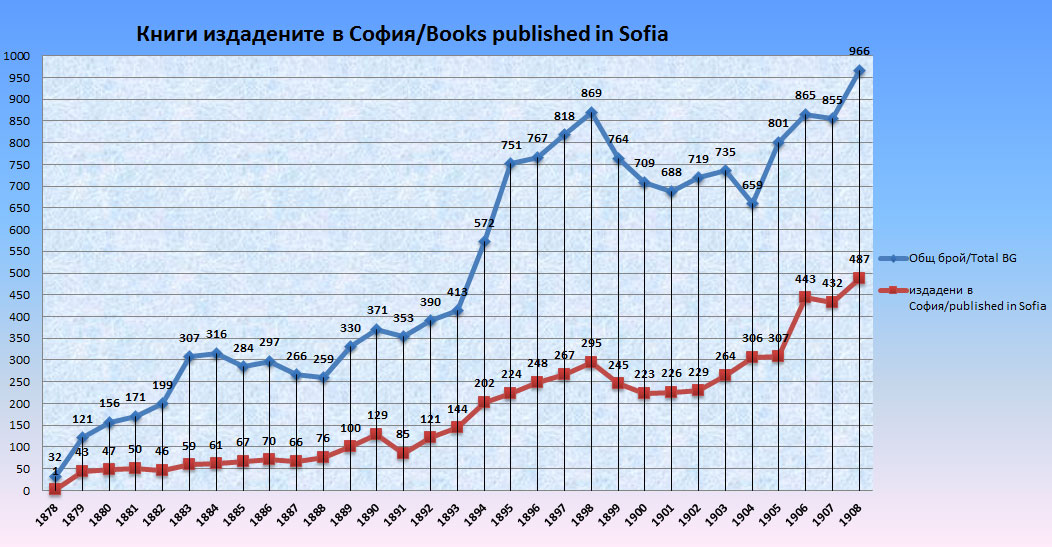
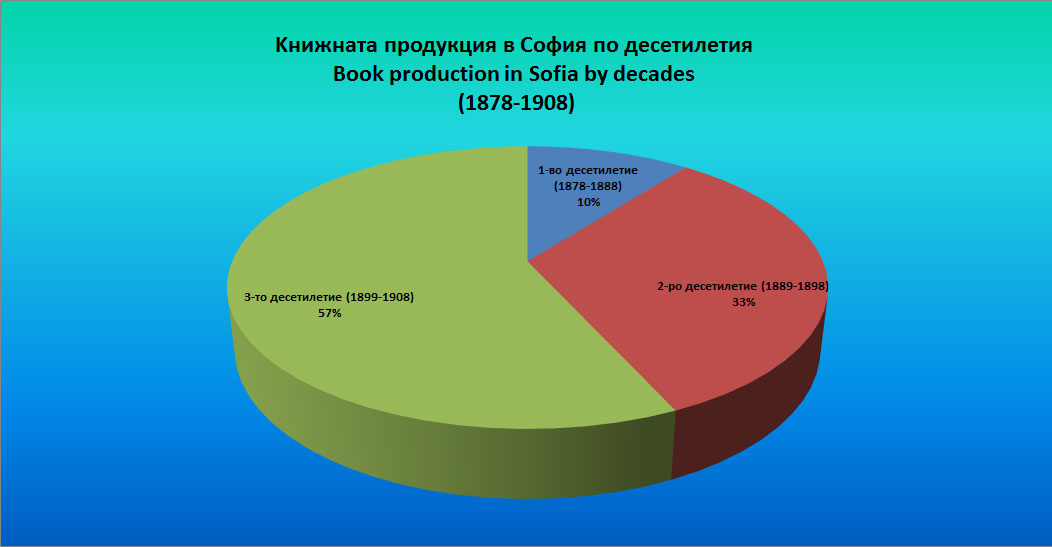 В настоящата бета версия са активни линковете към 10-те най-големи книгоиздателски центрове на България: София, Пловдив, Велико Търново, Русе, Варна, Сливен, Стара Загора, Шумен, Свищов, Кюстендил .
В настоящата бета версия са активни линковете към 10-те най-големи книгоиздателски центрове на България: София, Пловдив, Велико Търново, Русе, Варна, Сливен, Стара Загора, Шумен, Свищов, Кюстендил .
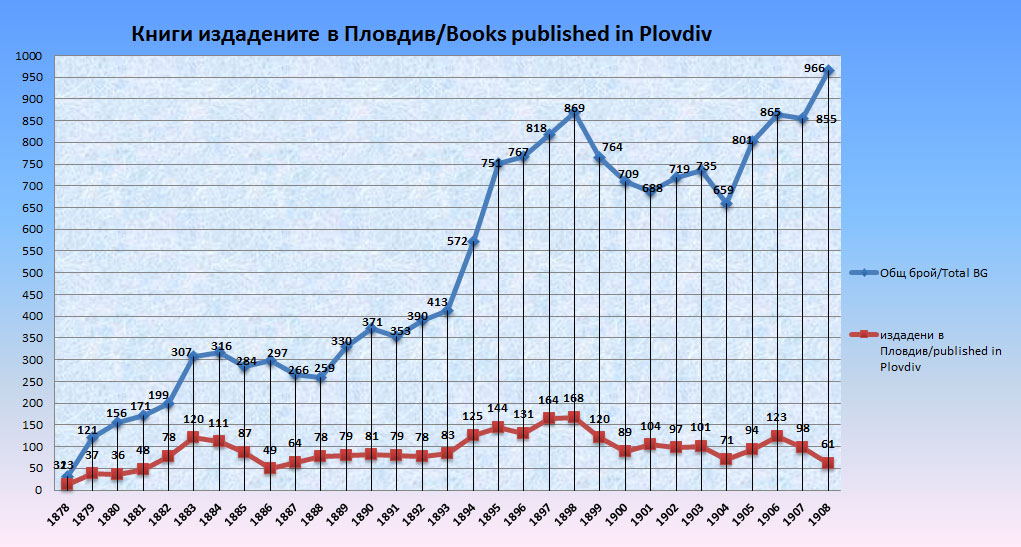
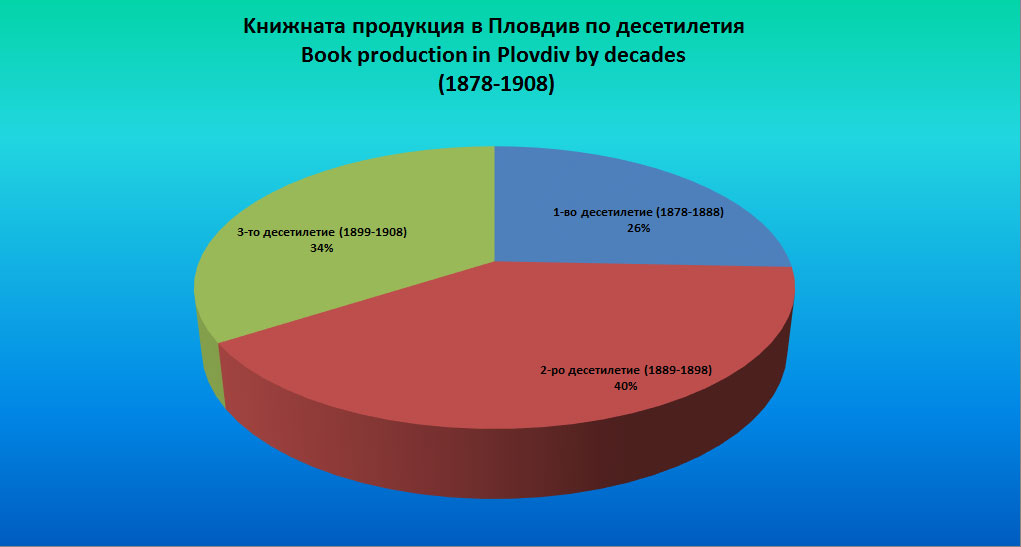 В настоящата бета версия са активни линковете към 10-те най-големи книгоиздателски центрове на България: София, Пловдив, Велико Търново, Русе, Варна, Сливен, Стара Загора, Шумен, Свищов, Кюстендил .
В настоящата бета версия са активни линковете към 10-те най-големи книгоиздателски центрове на България: София, Пловдив, Велико Търново, Русе, Варна, Сливен, Стара Загора, Шумен, Свищов, Кюстендил .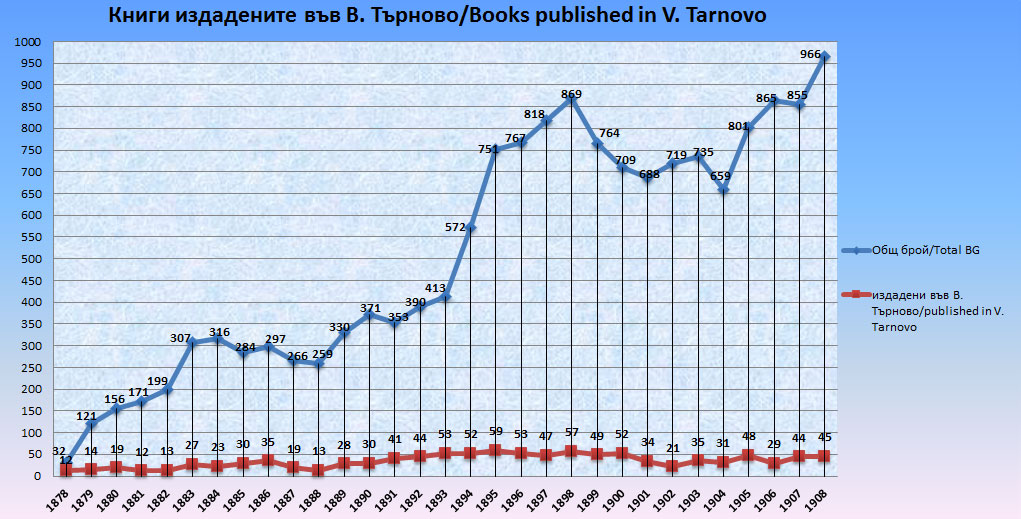
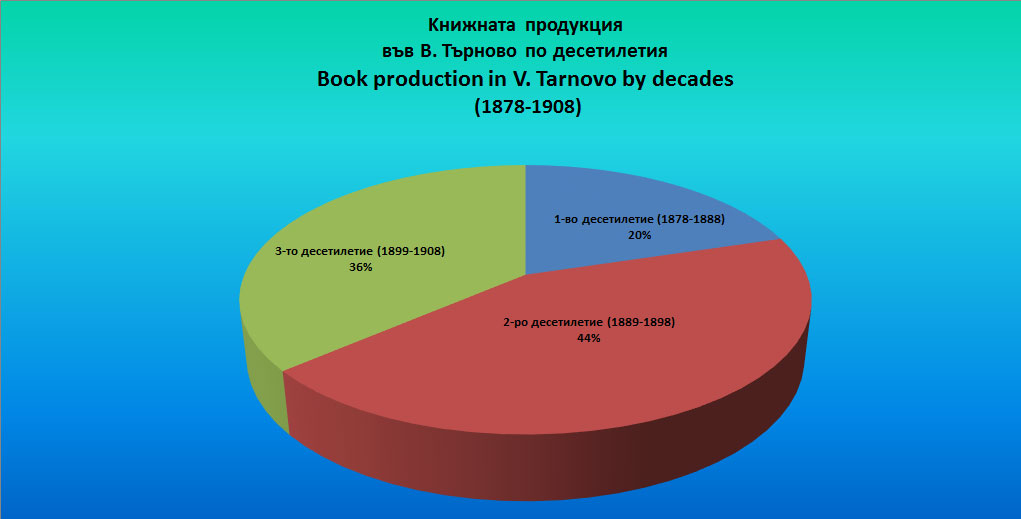
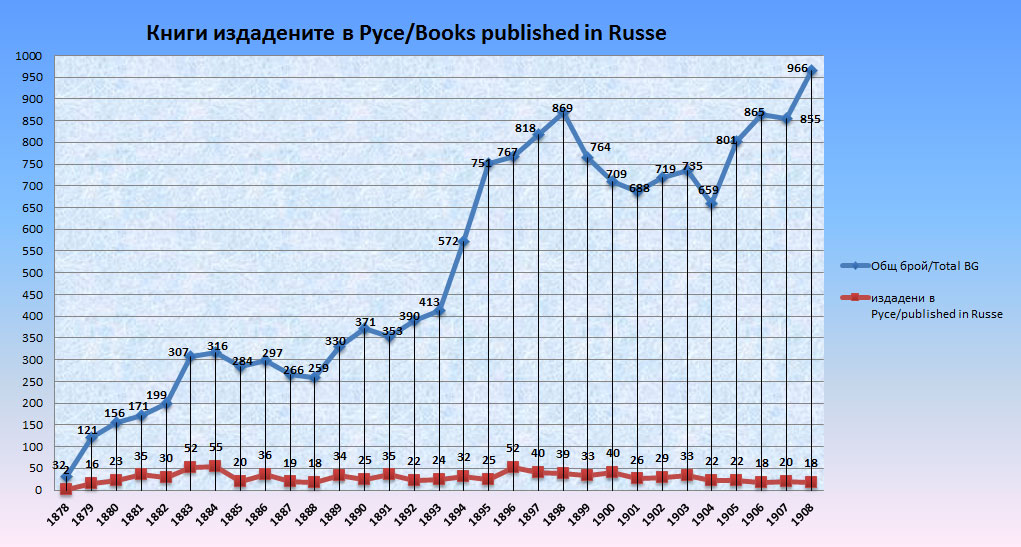
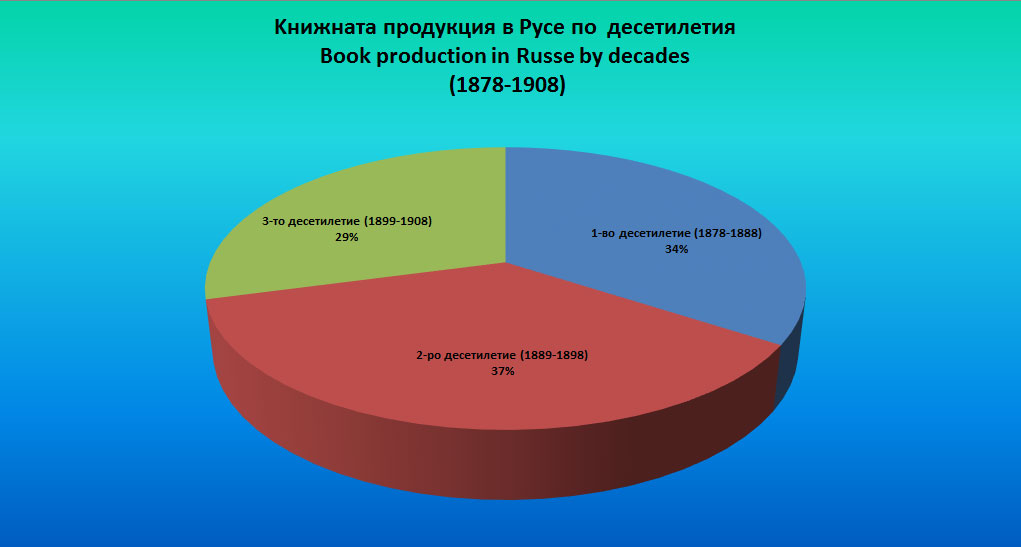 В настоящата бета версия са активни линковете към 10-те най-големи книгоиздателски центрове на България: София, Пловдив, Велико Търново, Русе, Варна, Сливен, Стара Загора, Шумен, Свищов, Кюстендил .
В настоящата бета версия са активни линковете към 10-те най-големи книгоиздателски центрове на България: София, Пловдив, Велико Търново, Русе, Варна, Сливен, Стара Загора, Шумен, Свищов, Кюстендил .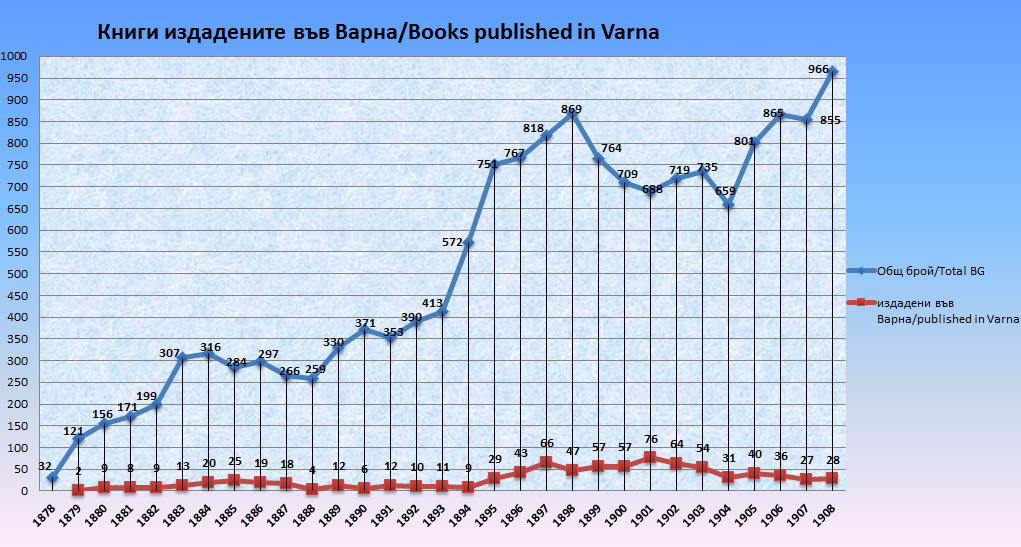
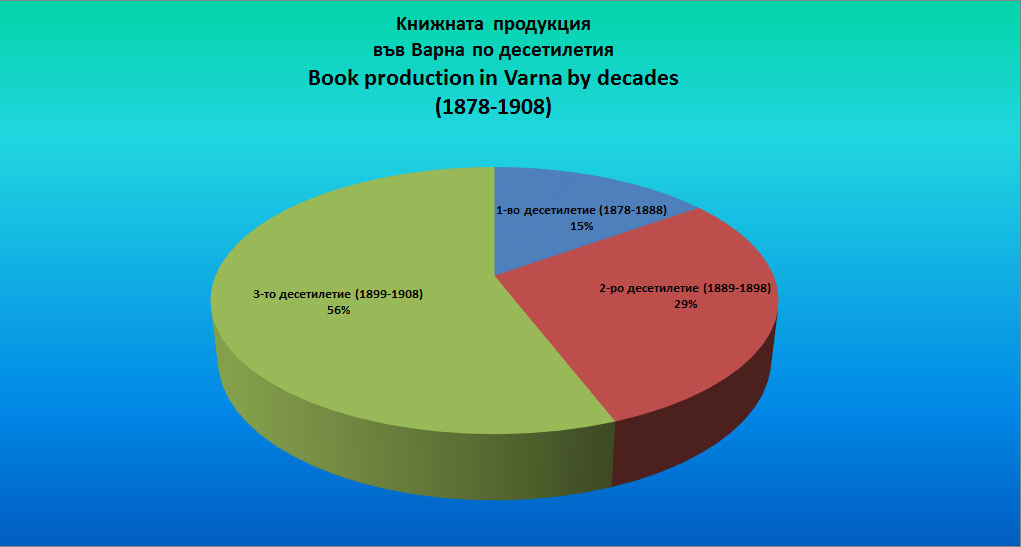 В настоящата бета версия са активни линковете към 10-те най-големи книгоиздателски центрове на България: София, Пловдив, Велико Търново, Русе, Варна, Сливен, Стара Загора, Шумен, Свищов, Кюстендил .
В настоящата бета версия са активни линковете към 10-те най-големи книгоиздателски центрове на България: София, Пловдив, Велико Търново, Русе, Варна, Сливен, Стара Загора, Шумен, Свищов, Кюстендил .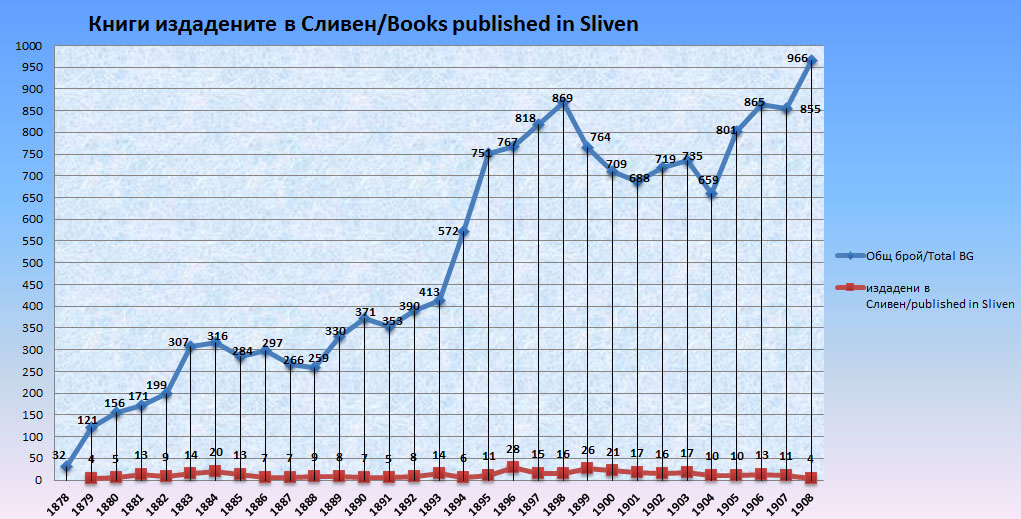 В настоящата бета версия са активни линковете към 10-те най-големи книгоиздателски центрове на България: София, Пловдив, Велико Търново, Русе, Варна, Сливен, Стара Загора, Шумен, Свищов, Кюстендил .
В настоящата бета версия са активни линковете към 10-те най-големи книгоиздателски центрове на България: София, Пловдив, Велико Търново, Русе, Варна, Сливен, Стара Загора, Шумен, Свищов, Кюстендил .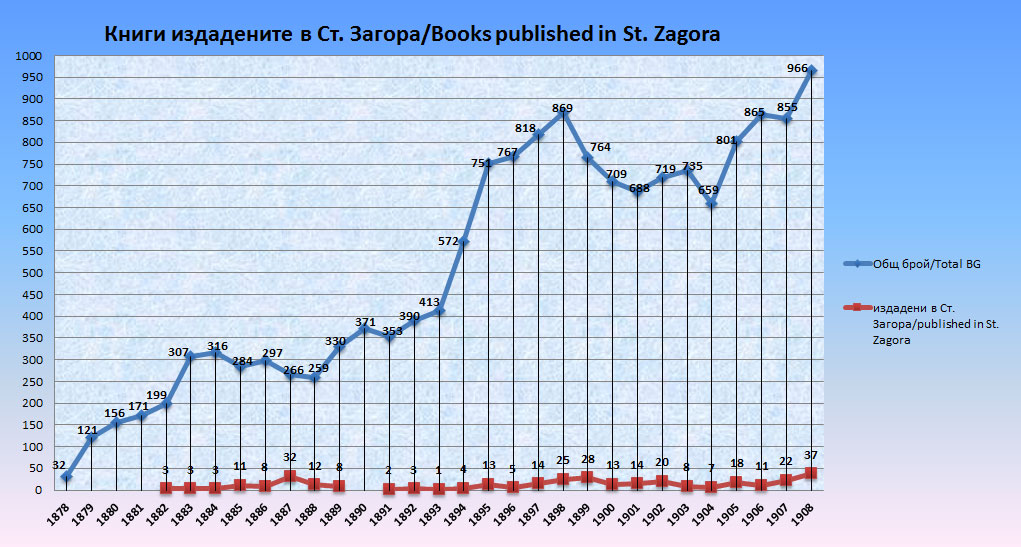 В настоящата бета версия са активни линковете към 10-те най-големи книгоиздателски центрове на България: София, Пловдив, Велико Търново, Русе, Варна, Сливен, Стара Загора, Шумен, Свищов, Кюстендил .
В настоящата бета версия са активни линковете към 10-те най-големи книгоиздателски центрове на България: София, Пловдив, Велико Търново, Русе, Варна, Сливен, Стара Загора, Шумен, Свищов, Кюстендил .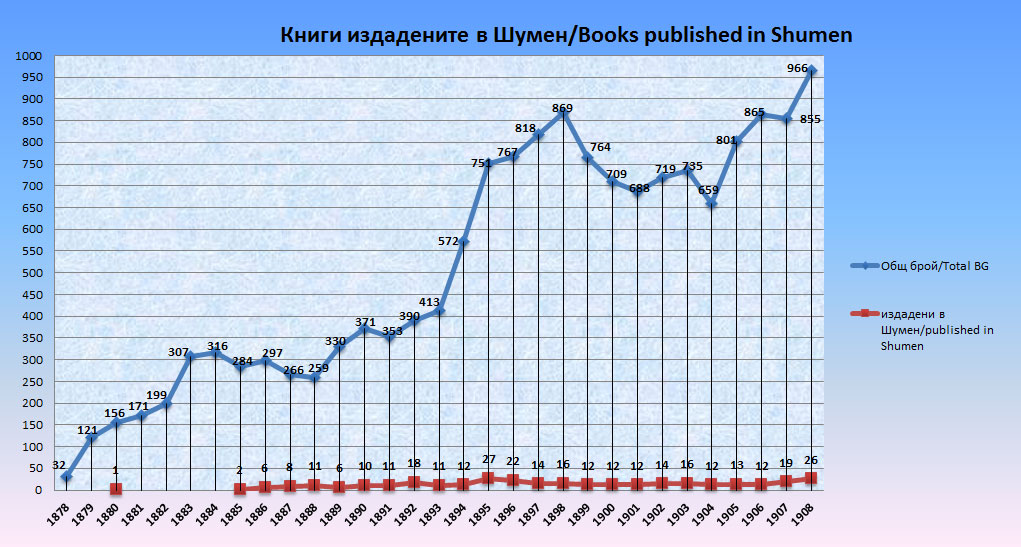 В настоящата бета версия са активни линковете към 10-те най-големи книгоиздателски центрове на България: София, Пловдив, Велико Търново, Русе, Варна, Сливен, Стара Загора, Шумен, Свищов, Кюстендил .
В настоящата бета версия са активни линковете към 10-те най-големи книгоиздателски центрове на България: София, Пловдив, Велико Търново, Русе, Варна, Сливен, Стара Загора, Шумен, Свищов, Кюстендил .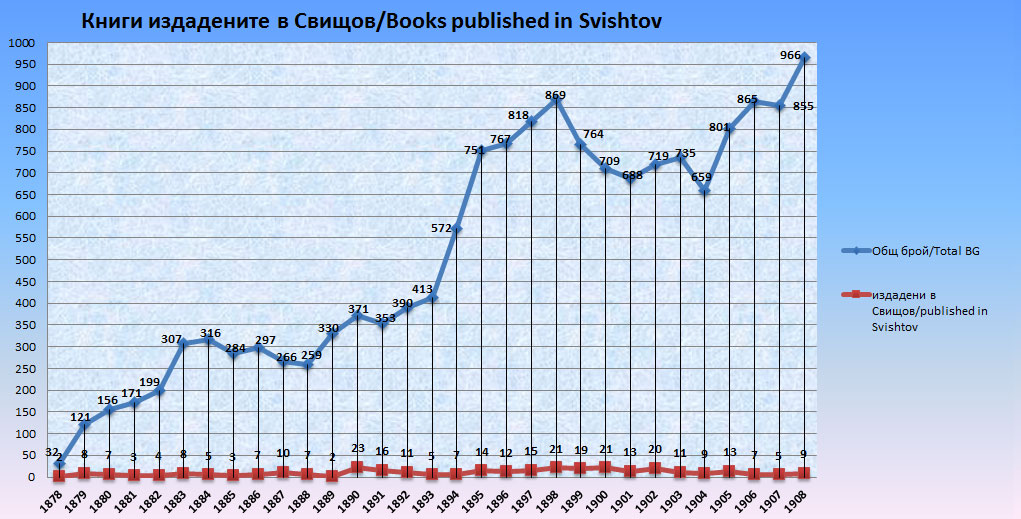 В настоящата бета версия са активни линковете към 10-те най-големи книгоиздателски центрове на България: София, Пловдив, Велико Търново, Русе, Варна, Сливен, Стара Загора, Шумен, Свищов, Кюстендил .
В настоящата бета версия са активни линковете към 10-те най-големи книгоиздателски центрове на България: София, Пловдив, Велико Търново, Русе, Варна, Сливен, Стара Загора, Шумен, Свищов, Кюстендил .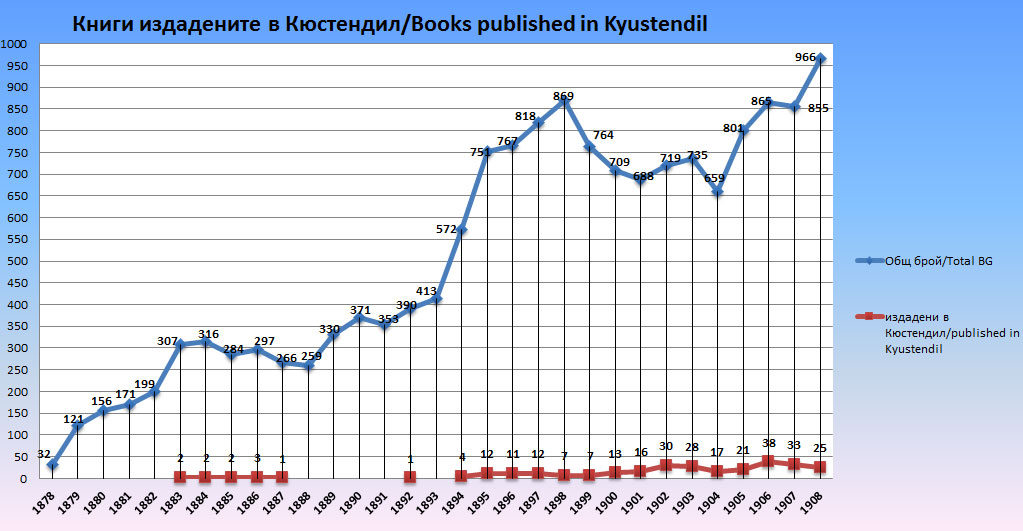 В настоящата бета версия са активни линковете към 10-те най-големи книгоиздателски центрове на България: София, Пловдив, Велико Търново, Русе, Варна, Сливен, Стара Загора, Шумен, Свищов, Кюстендил .
В настоящата бета версия са активни линковете към 10-те най-големи книгоиздателски центрове на България: София, Пловдив, Велико Търново, Русе, Варна, Сливен, Стара Загора, Шумен, Свищов, Кюстендил .